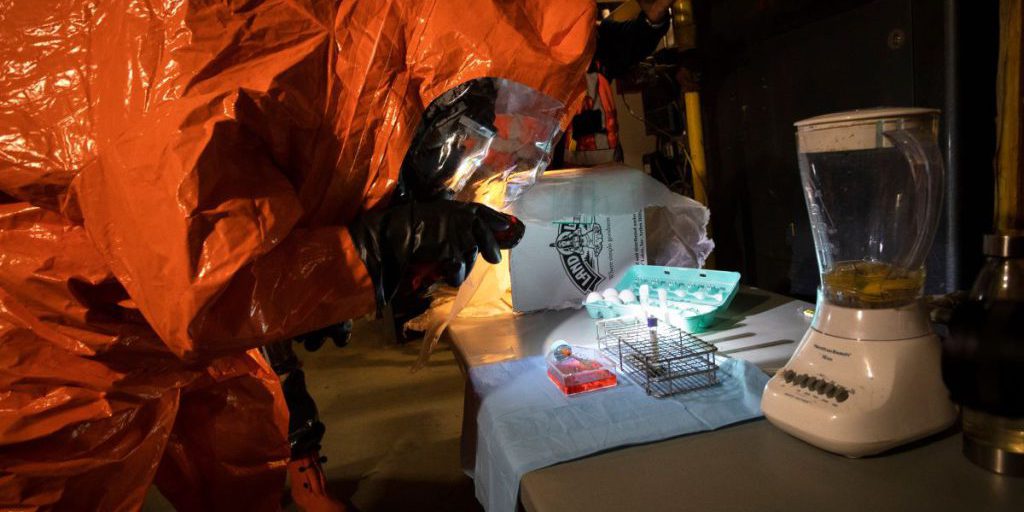In advance of formal technology transition, DARPA’s SIGMA+ program concluded a three-week capstone event with the Port Authority of New York and New Jersey (Port Authority) this past summer, demonstrating through realistic exercise scenarios the ability to detect a wide spectrum of weapons of mass destruction (WMD) threats. The July exercises, which spanned all 15 Port Authority commands, culminated a five-year effort to develop and deploy an automated, high-performance, networked, and mobile system that provides continuous city-scale monitoring of chemical, biological, radiological, nuclear, and explosive (CBRNE) threats.
Building on the successful DARPA-Port Authority engagement during the preceding SIGMA program – which focused on radiological and nuclear threat detection – SIGMA+ expanded to include development of advanced chemical, biological, and explosive sensors, integrated vehicle designs, real-time monitoring networks, and advanced analytics for threat detection and interdiction. The SIGMA+ networked systems approach leverages all these technologies to provide a comprehensive ability for law enforcement and first responders to quickly detect, localize, and track threats with easy-to-interpret results to support situational awareness and decision-making.
“The partnership with the Port Authority of New York and New Jersey over the past seven years on SIGMA and SIGMA+ has been critical to advancing state-of-art capabilities to detect and deter a full-range of CBRNE threats,” said Mark Wrobel, who managed the program for DARPA’s Defense Sciences Office. “This outstanding cooperation enabled DARPA to test cutting-edge technology in the nation’s largest metropolitan region, which significantly sped up the transition from R&D to operational use.”


